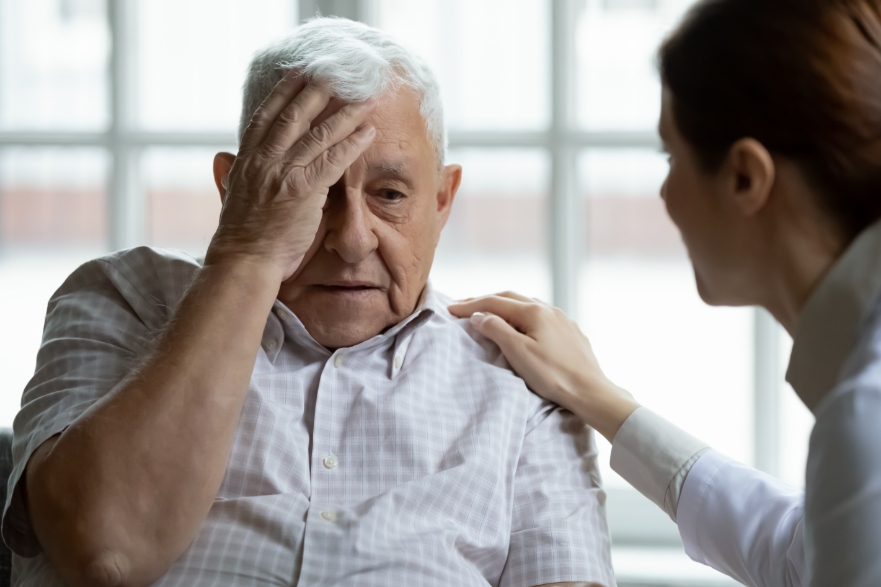
Did you know that migraines don’t always present with head pain? A migraine can trigger many different sensations depending on the part of the brain that is being affected. Approximately 30% of migraine sufferers experience vestibular migraine, with symptoms of dizziness, vertigo or imbalance during their attacks. Even between attacks, those with vestibular migraine can have slightly decreased balance and sensitivity to head movement and visual stimulation. Vestibular migraine is becoming recognized as one of the most common causes of episodic dizziness. However, because a headache may not be present at all, this diagnosis is often overlooked by the medical community.
Vestibular migraine is diagnosed when:
- A person has had at least 5 episodes of vestibular symptoms of moderate or severe intensity, lasting 5 minutes to 72 hours (vestibular symptoms would include things like vertigo, dizziness with head motion, unsteadiness);
- At least half of the episodes have one or more of the following: headache, visual disturbance (aura), and intolerance to light or sound;
- There is a current or history of migraines; and
- Symptoms are not more appropriately explained by another vestibular diagnosis
How are vestibular migraines managed?
Treatment of vestibular migraines is like any other type of migraine – typically a combination of dietary and lifestyle modifications to reduce the occurrence of migraines, and/or medication.
One of the most challenging parts of living with migraine is the unpredictability of when one might occur, but often people have more control than they think. The trigger for a migraine is seldom one thing, so it can be helpful to think of it like a threshold, or a combination of factors that must build up to set off a migraine. For example, people may feel helpless because their migraines can be triggered by changes in the weather which they have no way of controlling. However, by taking steps to reduce factors they can control (eating regularly, staying hydrated, good sleep routine, exercising, etc.), they can increase the threshold for triggering a migraine.
Vestibular rehabilitation can be helpful for those with vestibular migraine who have mild residual symptoms of imbalance or sensitivity to head movement or visual stimulation between attacks. Vestibular rehabilitation is a proven therapy where specific individualized techniques are used to help the brain to compensate for problems in the vestibular system, or where maneuvers are done to correct mechanical dysfunctions in the vestibular part of the inner ear. Most vestibular therapists are specially trained physiotherapists, and as such, they can check for neck dysfunctions which may also contribute to migraine triggers.
If you require more instructions or if you’re dealing with an overuse injury, find a clinic near you or book online. Our clinicians are here to help you get well and stay well so you can enjoy your favourite activities.
This blog post originally appeared on lifemark.ca and was written by Sheelah Woodhouse, PT, BScPT, Vestibular Physiotherapist.
[pthealth_newsletter_signup]